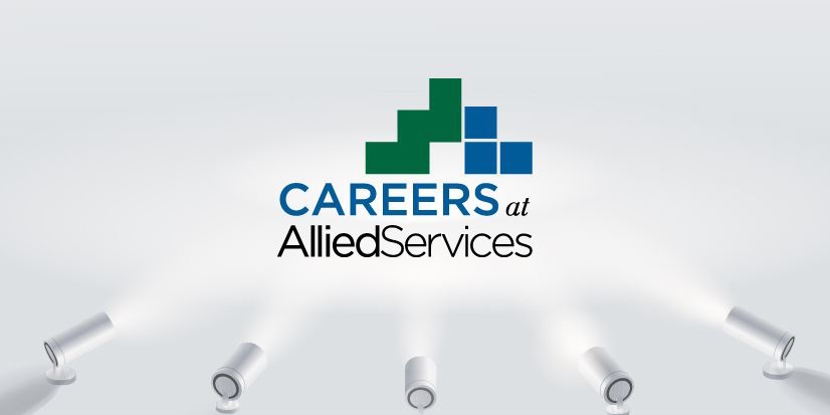The Ins and Outs of Truncal Lymphedema
- Category: News, Lymphedema
- Posted On:
- Written By: Allied Services Integrated Health

Up to 10 million Americans, and hundreds of millions worldwide, suffer from lymphedema and lymphatic diseases, according to the Lymphatic Education and Research Network. Lymphedema is an abnormal accumulation of a protein rich fluid called lymph. This buildup of waste and fluid can occur in a body part when lymph nodes or vessels are destroyed, damaged, or missing.
One specific type of lymphedema – truncal lymphedema - is often undertreated and underdiagnosed. If you receive treatment for breast cancer or lung cancer, you may develop truncal lymphedema.
Truncal lymphedema presents most commonly as swelling in the chest or back. The presentation of symptoms can include pain in the chest wall, shoulder, or back, and feelings of heaviness, fullness, or tingling are often reported. Lower back pain may even be described if there is a significant amount of posterior swelling which could alter a person’s body stance.
Anterior chest wall swelling is another common symptom and is notably in the affected chest wall where the breast was or in the affected breast. Some individuals may present with swelling over their collarbone, under the arm, along a mastectomy scar line, or between scar lines from biopsies, drain sites, or surgeries. Additionally, swelling of the lateral trunk, shoulder blades, or back can also occur.
If you receive a diagnosis of truncal lymphedema the best course of action is to seek a referral to a Certified Lymphedema Therapist (CLT). Your Certified Lymphedema Therapist is trained to manage and provide a treatment plan that addresses your specific needs. Treatment will include Complete Decongestive Therapy which is the gold standard treatment for truncal lymphedema. Complete Decongestive Therapy can help reduce swelling and pain and improve active range of motion.
Treatment will also include Manual Lymph Drainage (MLD). This therapeutic intervention directs fluid away from congested areas and redirects it to healthy drainage areas.
Compression is also a major part of treatment. There are many different types of compression garments including compression camisoles or the use of compression pads that are quilted to facilitate lymphatic drainage. A Certified Lymphedema Therapist will assist in the decision of which compression garments would be most beneficial.
Exercise is also key to treating truncal lymphedema. The goal is to stimulate lymphatic flow. A Certified Lymphedema Therapist will also instruct in self-manual lymph drainage to promote lymphatic circulation. Finally, patient education is an important part of managing the condition. For example, symptoms can be minimized by avoiding narrow bra straps and not wearing restrictive clothing.
If you have received treatment for cancer and are experiencing swelling in the chest and back, ask your Physician to evaluate you for truncal lymphedema.
About the author: Diane Jason, OTR/L is a Lymphedema Association of North Amerian (LANA) Certified Lymphedema Therapist. She works with patients at Allied Services Wilkes-Barre Rehab Center. Diane has worked as an Occupational Therapist since 1989. She received her lymphedema certification in 1999, and is a graduate of the Academy of Lymphatic Studies. She became a LANA-certified therapist in 2003.
Lymphedema Treatment at Allied Services
Allied Services Integrated Health System has a committed, certified team of therapists who are specially trained to work with lymphedema patients. Our therapists can provide specialist care and help you to manage your condition. Call us to explore treatment options.
- Learn more about Lymphedema treatment at Allied Services
- Call 570-348-1360 (Scranton) or 570-826-3900 (Wilkes-Barre)
- Find Lymphedema specialists at Allied Services



